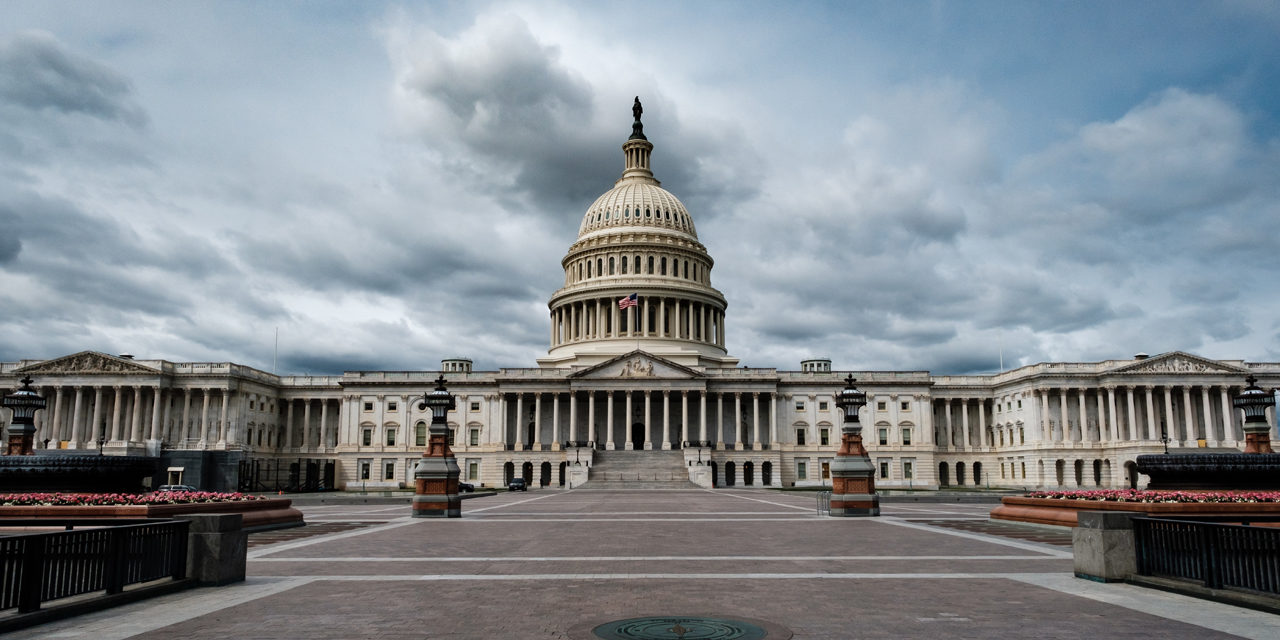The 2020 election results have been full of surprises, perhaps nothing more so than the failure of the Democrats to flip the Senate and keep a strong majority in the House. Hundreds of millions of dollars were spent on a variety of races to unseat prominent Republicans, and all failed.
It goes to show that money doesn’t always trump (no pun intended) a candidate or their policies.
Since 2014, the Republicans have controlled the Senate. This has allowed them to stall Barack Obama’s agenda and push through a record number of judges and Supreme Court Justices nominated by President Donald Trump. The Democrats were hoping to take control of the Senate, in addition to maintaining control of the House and gaining the presidency. This effort has failed, especially in the Senate with key battles going to Republicans, despite stiff and well-funded Democrat opposition.
One particularly well-publicized Senate battle that comes to mind is Senator Susan Collins of Maine. A Republican who occasionally sides with the Democrats, Collins was the only right-leaning Senator who did not vote for now-Justice Amy Coney Barrett. Many believe that Collins did so, with the permission of Senate Majority Leader Mitch McConnell, because of the stiff opposition she was facing from a Democrat challenger.
The campaigns in Maine, where only one million people are eligible to vote, collectively raised roughly $100 million. The Democrat, Sara Gideon, raised $63.6 million since last summer. In comparison, Collins raised only $25.2 million over the last two years.
The polls before the election had Gideon ahead, but on Wednesday morning she conceded to Senator Collins.
Democrats were also incredibly hopeful, and put nearly $100 million, behind an effort to unseat Senate Majority Leader Mitch McConnell in Kentucky, which was also wildly unsuccessful. McConnell not only retains his seat, but likely also control over the Senate as well. As an article in The Washington Post said, Biden and his team “can take all those meticulously prepared policy plans devised during the campaign and toss them in the trash. There will be no expansion of health coverage, no aggressive legislation to address climate change, no move toward universal childcare, no increase in the minimum wage, no new Voting Rights Act and no infrastructure spending. None of it.”
According to a mid-October report, McConnell’s opponent Amy McGrath had raised more than $84 million compared to the Senate Leader’s $54 million. Ninety-seven percent of which came from out of state, and some from people associated with the University of California system.
Senator Lindsey Graham, who chairs the Senate Judiciary Committee, also faced stiff Democrat competition with over a $100 million war chest, which is the highest of any Senate campaign in U.S. history. He retained his seat.
Though the Democrats were able to flip the Colorado and Arizona senate seats, neither of which were much of a surprise, it was not as much of a victory as the liberal party wanted. Despite hundreds of millions of dollars spent, Republicans in the Senate will now be able to act as a check on the Biden Administration, if that comes to pass.
This relative failure wasn’t limited to the Senate but the House as well. Democrats failed to keep seats that went blue in 2018 and were unable to flip targeted GOP seats. As a result of the election, the Republicans ended up with 208 seats and the Democrats only 212. The liberal party still retains a majority, but only by the smallest of margins.
At this point, it remains unclear where the country will land when it comes to the President of the United States, but the Senate looks poised to remain in Republican control. Though the margin is rather small, it’s an opportunity for the U.S. government to work like it should, with checks and balances.
Photo from Shutterstock
Visit our Election 2020 page






